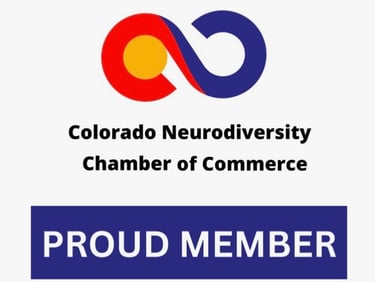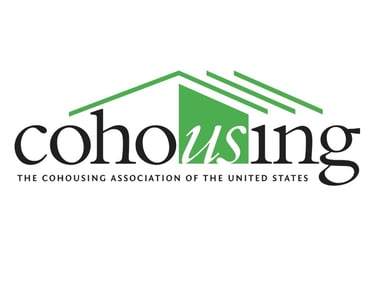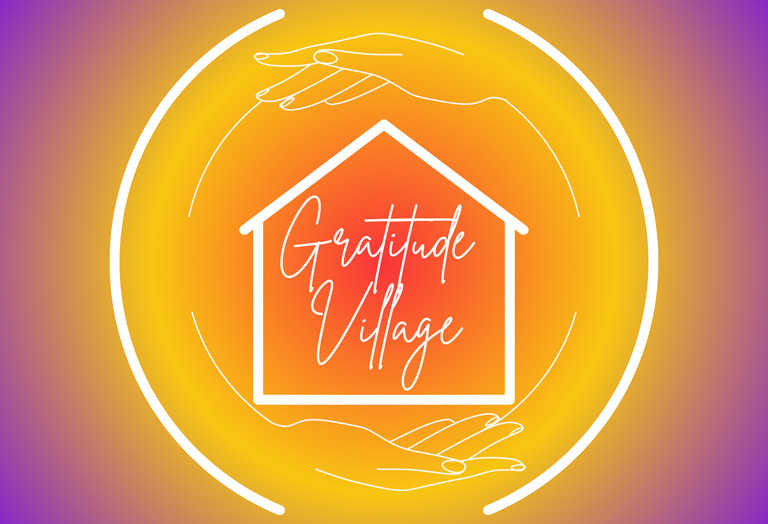Zoom Info Session January 6, 2026 5:00-6:00 PM MT
Bridging the Gap Between Rental Homes and Market-Rate Homes at Gratitude Village
For many individuals and families, the dream of homeownership feels increasingly out of reach. Rising home prices, limited inventory, and high interest rates have created a widening gap between rental housing and market-rate home ownership. Across the country, people are caught in the middle—earning too much to qualify for subsidized housing, but not enough to afford a traditional home. At Gratitude Village, we believe there’s a better way. Our cohousing model offers a third path—one that bridges the divide between renting and owning, while also fostering a sense of connection, belonging, and long-term stability. We’re building a community where people of all income levels can live, grow, and thrive together.
Gratitude Village
5/14/20254 min read


For many individuals and families, the dream of home ownership feels increasingly out of reach. Rising home prices, limited inventory, and high interest rates have created a widening gap between rental housing and market-rate home ownership. Across the country, people are caught in the middle—earning too much to qualify for subsidized housing, but not enough to afford a traditional home.
At Gratitude Village, we believe there’s a better way. Our cohousing community offers a third path—one that bridges the divide between renting and owning, while also fostering a sense of connection, belonging, and long-term stability. We’re building a community where people of all income levels can live, grow, and thrive together.
The Housing Gap: A National Challenge
The numbers are stark. According to the National Association of Realtors, the median home price in the U.S. rose over 40% between 2019 and 2023. In Colorado, the median price for a single-family home in the Denver metro area reached $660,000 as of early 2024. Meanwhile, rents continue to climb. Nationally, rent increased by 18% between 2021 and 2023, with many urban areas experiencing even sharper spikes.
At the same time, over 60% of renters say they want to become homeowners but cannot afford to do so. Many face steep down payments, credit hurdles, and the burden of rising monthly costs. This "missing middle"—those who fall between traditional affordability thresholds and high-income eligibility—is one of the biggest challenges in today’s housing market.
Gratitude Village is offering a community-first solution that addresses this need head-on.
Gratitude Village: Creating Housing Options for Real Life
Gratitude Village is intentionally designed to offer a wide spectrum of housing opportunities that accommodate people at different financial stages of life. Our goal is not simply to build homes, but to create a thriving, net-zero, intergenerational cohousing community that reflects values of equity, sustainability, and connection.
Here’s how we’re bridging the gap between renting and market-rate homeownership:
1. Mixed-Income Housing Options
Gratitude Village will include a diverse mix of housing types:
Market-rate homes for those ready and able to buy
Permanently affordable homes offered through a Community Land Trust (CLT) and available to qualifying buyers
Rent-to-own units for individuals who want to build equity over time
Long-term cooperative rental homes for those who prefer not to purchase
This structure allows residents to live within their means today, with the flexibility to move into different housing options as their life circumstances evolve—without leaving the community.
2. Rent-to-Own and Shared Equity Models
Rent-to-own programs allow a portion of a resident’s monthly rent to go toward a future down payment, making home ownership more accessible over time. Shared equity models reduce the cost of purchase by partnering with residents to share in the home’s appreciation. Both strategies reduce the initial financial burden and create viable, long-term paths to ownership. According to Grounded Solutions Network, shared equity homes typically sell for 30–50% less than market-rate homes, and owners build wealth while maintaining affordability for future residents.
3. Community Land Trust (CLT) for Permanent Affordability
Gratitude Village will partner with or establish a Community Land Trust, a nonprofit model in which the land beneath the homes is owned collectively. Home buyers purchase the structure but lease the land, significantly lowering the cost of entry. In exchange, homeowners agree to modest resale caps that preserve affordability for the next buyer. This model is nationally recognized as one of the most effective ways to maintain long-term affordability. CLT homes have a 99% success rate in preventing foreclosure, according to research by the Lincoln Institute of Land Policy.
4. Cooperative Rentals and Resident Governance
Gratitude Village will include a few cooperative rental homes where residents participate in managing the property and community. This gives renters stability, a voice in decision-making, and full access to shared amenities without requiring home ownership. In this model, housing is not just a product—it’s a shared responsibility and opportunity for involvement.
5. Social and Community Equity
At Gratitude Village, ownership goes beyond financial equity. All residents—whether renting, owning, or leasing—are part of the same community experience. We share meals, collaborate on gardens and green spaces, celebrate life events, and work together to govern our village. This shared investment builds a strong social fabric and contributes to emotional and psychological well-being. Research from the Foundation for Intentional Community shows that cohousing communities significantly reduce loneliness and increase resident satisfaction.
A Model for Life Transitions
Housing needs change over time. Gratitude Village is built to accommodate that change. A young adult may rent a co-op unit while starting their career, then move into a rent-to-own home. A growing family may purchase a market-rate home and participate in community projects. A retired couple may downsize to a smaller unit while staying connected to the village. We believe you shouldn’t have to leave your neighborhood just because your circumstances evolve. Gratitude Village allows you to stay rooted—financially, socially, and emotionally.
Why It Matters
Creating a bridge between rental housing and home ownership is about more than affordability—it’s about dignity, agency, and belonging. By providing a spectrum of housing options, Gratitude Village empowers residents to choose what works best for their lives, while ensuring long-term stability and community engagement.
This is not just a housing development. It’s a movement toward a more inclusive and sustainable way of living.
Whether you’re a first-time buyer, a long-time renter, or someone seeking a more intentional way of life, Gratitude Village offers a place where you can live with purpose, surrounded by people who care—and a structure that makes it possible.
COMMUNITY
Join us in embracing nature, diversity and connection.
Sustainability
DIVERSITY
info@gratitudevillageco.com
720-689-4821
© 2025. All rights reserved.
AFFORDABILITY
Gratitude Village Inc. is a 501(c)3 charitable corporation that values diversity, equity, and inclusion as essential to our mission
Subscribe to our Substack
Refund Policy




Gratitude Village is a Proud Member of these organizations
